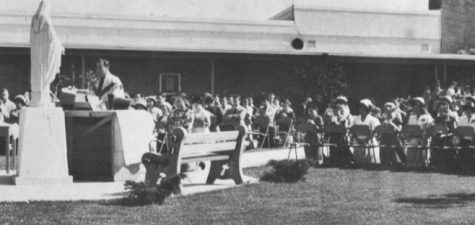MIT’s Women Initiative inspires girls to pursue STEM careers
April 16, 2018
About 50 female students from all grade levels attended the Massachusetts Institute of Technology’s Women’s Initiative talk organized by science teacher and STEM Coordinator Samantha Olsen on Jan. 22.
Two current MIT students – senior graduate of electrical engineering Jane Heyes and freshman undergraduate of biomedical engineering Tooba Shahid – led the event in the library. Throughout their presentation, Heyes and Shahid discussed the different aspects of how girls can get involved in STEM careers. STEM stands for Science, Technology, Engineering, and Math.
Statistically, girls in STEM majors and careers are minimal. According to the National Girls Collaborative Project, “male students are more likely to take engineering than female students (3 percent versus 1 percent) and computer science courses (7 percent versus 4 percent) and [are] enrolled in AP computer science at a much higher rate (81 percent males; 19 percent females).” This underrepresentation can change due to the interesting array of types of STEM majors: aerospace engineering, applied mathematics, petroleum engineering, and computer programming, some of which Heyes and Shahid introduced. The two presenters said they want girls to be excited about STEM and the many careers that can stem from it.
“Science can teach you how to ask interesting questions and look for answers, knowing that even if you don’t find the answer, someone in the future will,” Heyes said. “To me, trying to understand the world around us is part of what makes us human, and it seems sad that some people haven’t had the chance to do that. I know I’m not a miracle worker, but my main goal in coming to Orange County was to get students, particularly young women, excited about what STEM can be.”
Girls that were in attendance were able to participate in two interactive activities that allowed students to get hands-on experience with STEM concepts. For example, Heyes demonstrated a light refraction activity while Shahid demonstrated a cheek DNA extraction experiment. These activities showcased the initiative’s purpose: “Inspiring IDeAs for girls.”
“I’ve always been interested in science and math and I feel like [the presentation] inclined me more towards them, and not only that but I also learned about a couple of jobs that I could take so that also inspired me a lot,” freshman Michelle Raymondi said.
Teachers on campus like Olsen encourage female students to pursue subjects that interests them.
“Don’t be afraid of being interested in STEM,” Olsen said. “There is a stigma that girls should be doing other things like being in business or cooking or whatever it might be, but don’t be afraid of it. If you like science and math, then go for it. Push yourself. Don’t be intimidated by the number of males around you. Just embrace it and follow your dreams.”
The MIT Women’s Initiative was created in 1998. Microsoft had challenged Eta Kappa Nu (HKN), a national honors society for Electrical Engineering and Computer Science students, to acknowledge the underrepresentation of women enrolled in Electrical Engineering and Computer Science courses that were offered at MIT University. Four HKN students took the task into their own hands, examined the problems, and thus, the Women’s Initiative was created.
Today, the MIT Women’s Initiative has taught, reached out, and inspired over approximately “6,000 middle school and high school girls” in a short four weeks. Their goal to educate young women about STEM careers has been prominent and it is only going to continue. With the Initiative reaching out to the future generations of scientists, technology developers, engineers, and mathematicians, the future of STEM is bright.
“I want to live in a society where people are actively choosing to make the world a better place, at least to the best of their abilities,” Heyes said. “There are a lot of different ways to do that, of course, and for me, it’s important to share my educational opportunities by getting other people interested in and educated about science. Science can teach you how to ask interesting questions and look for answers, knowing that even if you don’t find the answer, someone in the future will.”




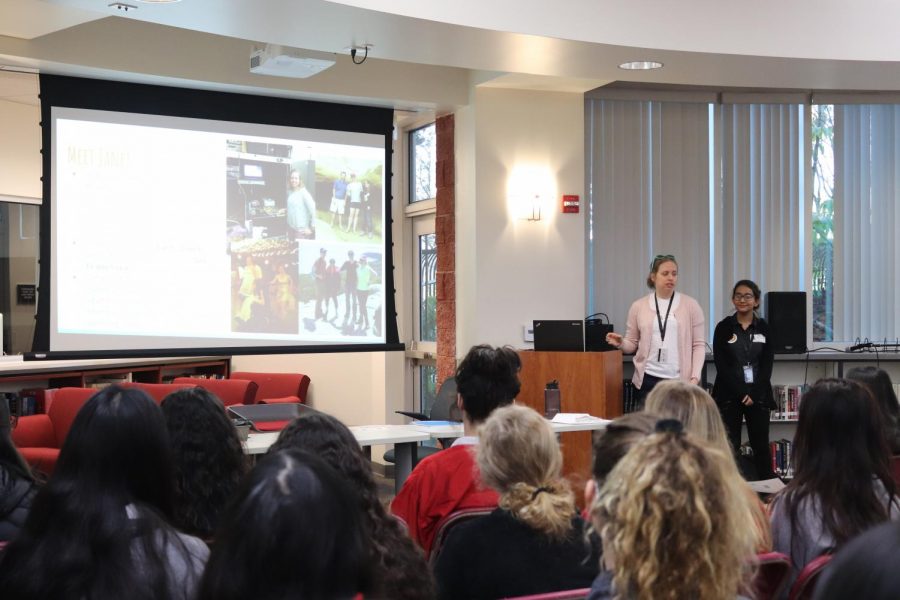

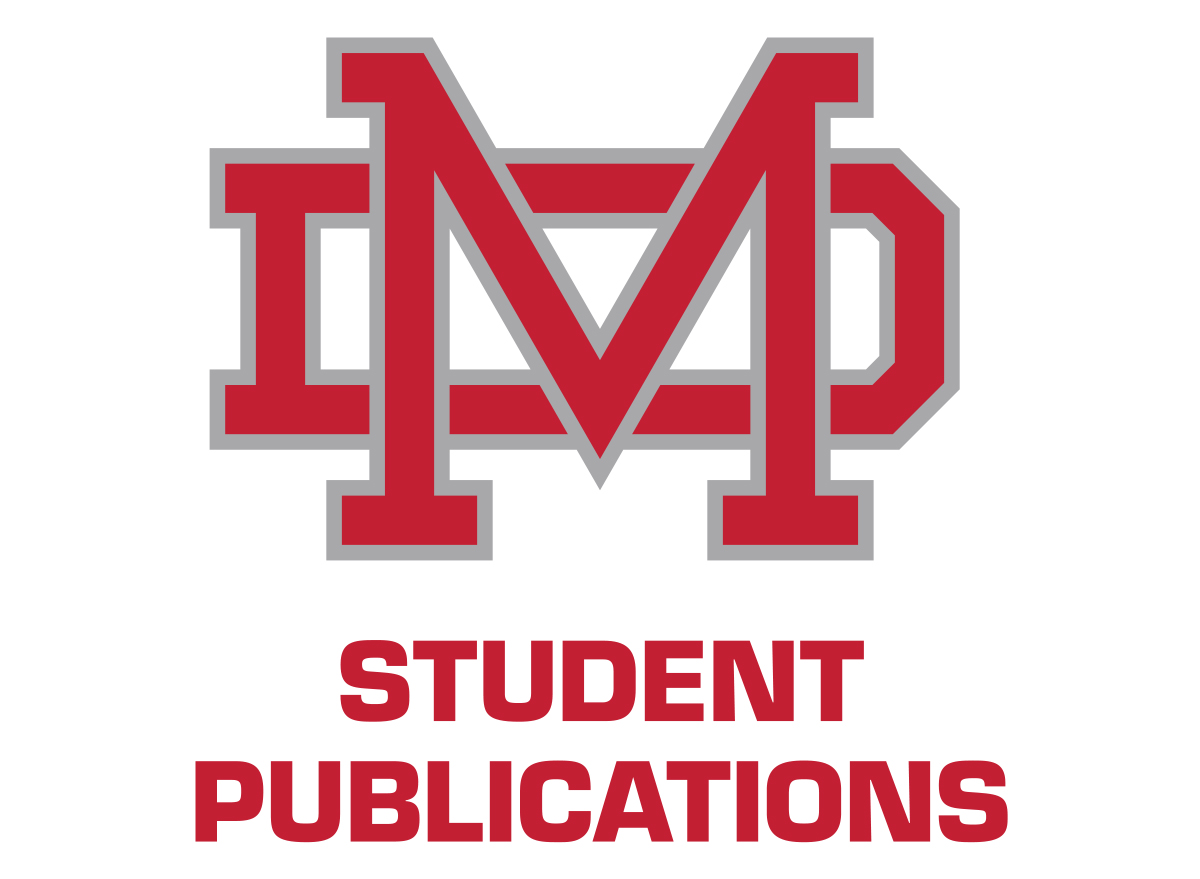

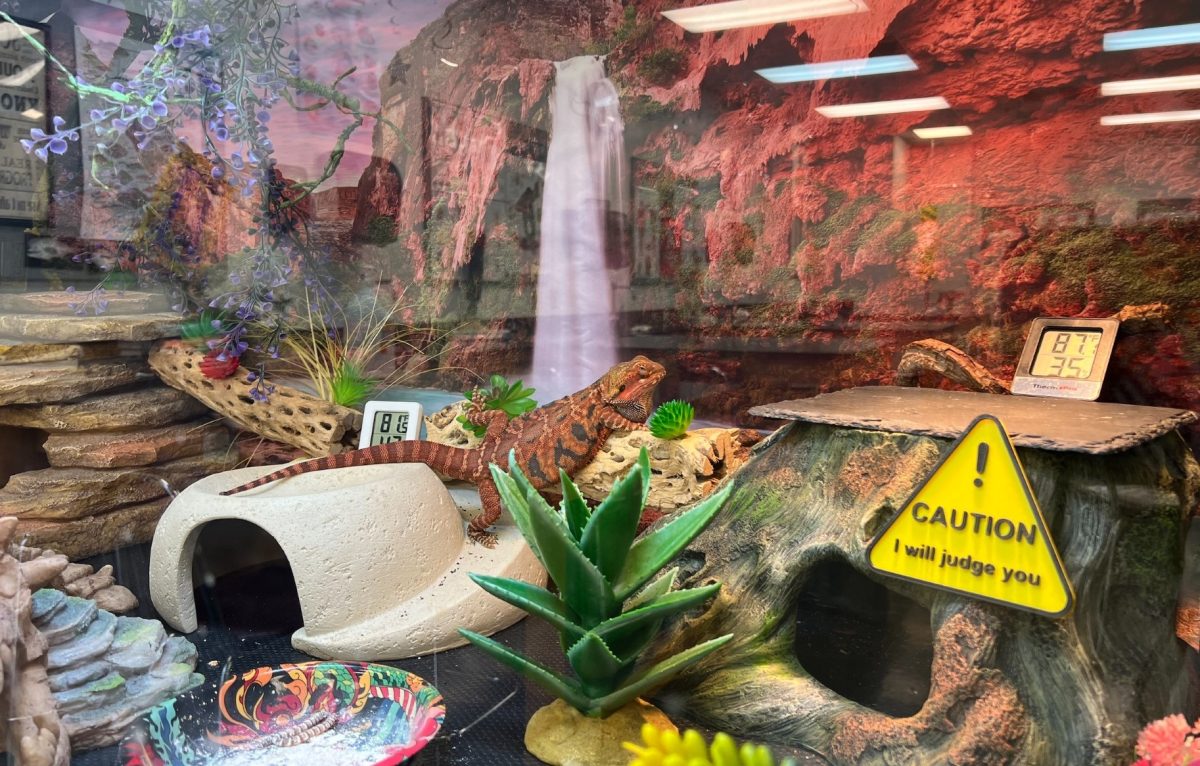
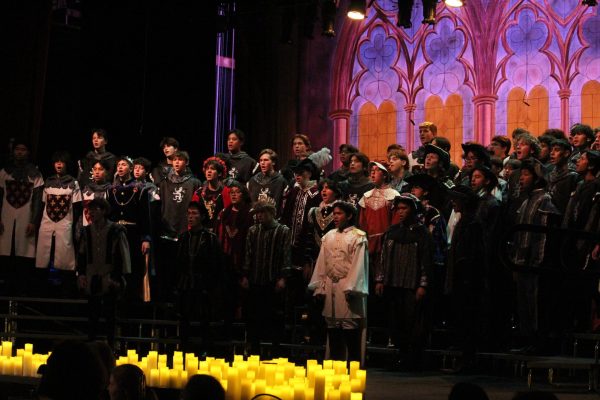
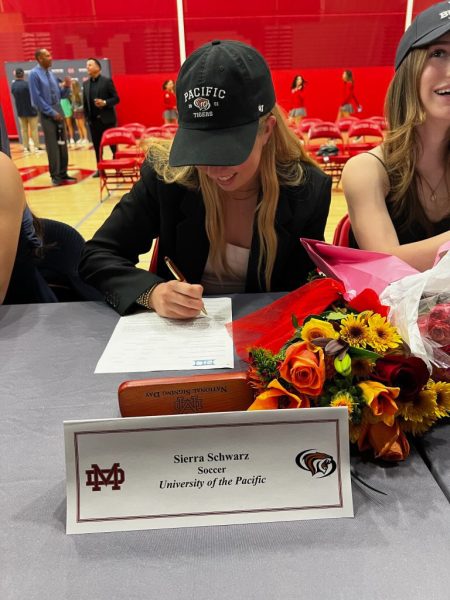
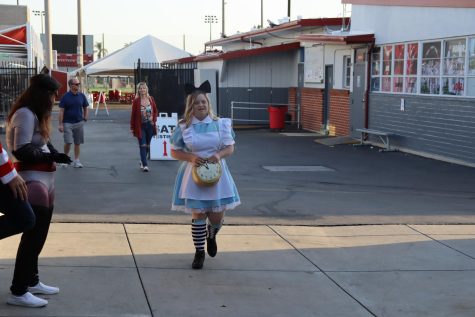
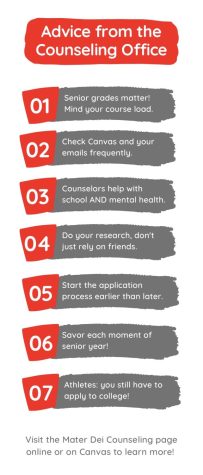
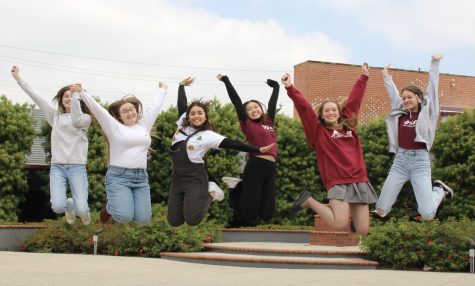

![PLAYING A ROLE: Sister Charis (right) of Heart of Jesus Retreat Center applies costume makeup for Sacred Heart Kids Club Staff for a video. Staff members are expected to participate in Kids Club events, including videos, skits, games, and other activities. These activities help the kids understand the topics being discussed, such as the seven sacraments and their purposes, and set examples for the kids. “You get to work with [people] your own age, and it’s really just tons of fun,” Sister Paula said.](https://thescarletscroll.com/wp-content/uploads/2022/03/sacredheart-475x316.jpg)
![SMILE FOR THE CAMERA: The 1988-89 yearbook shows the first Scarlet Scroll staff with their advisor, Susan Diaz. As a new publication, the newspaper staff had to put extra care into making sure what they were reporting on set a positive precedent for the paper on campus. “The administration at the time was very afraid that the Scroll would immediately turn into a format where students could just take pop shots at [them],” Gene Jimenez, a member of the 1988-89 staff, said. “And when we showed them that we could actually produce [something] as semi-responsible adults, it was a big deal.”](https://thescarletscroll.com/wp-content/uploads/2021/11/doc00617420211117152104-copy-317x475.jpg)
